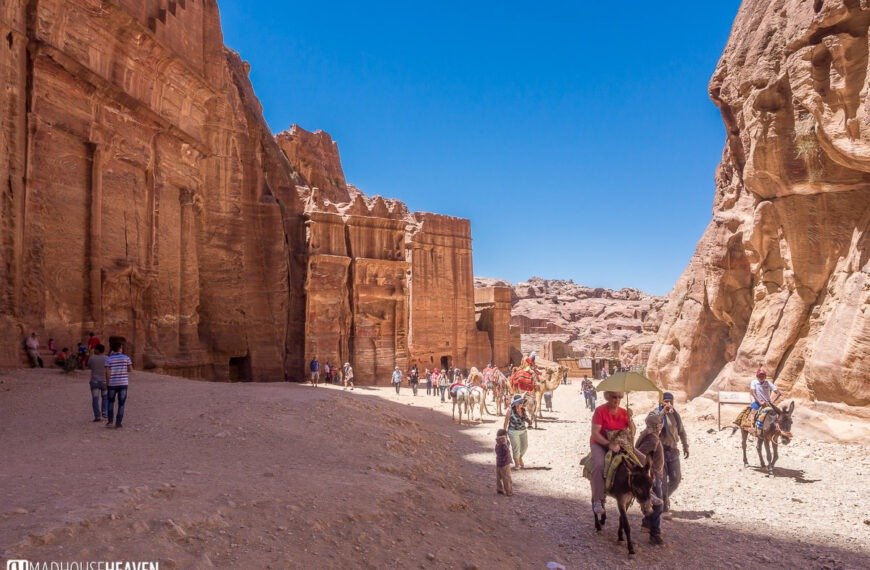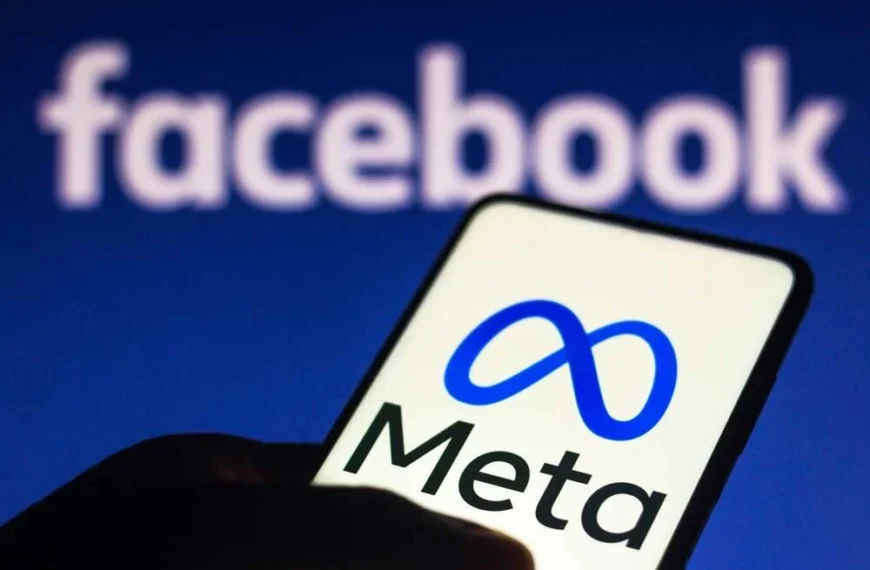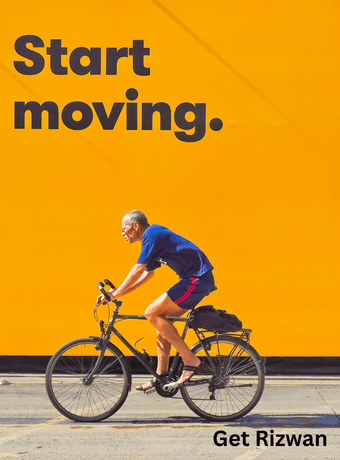Tesla unveiled its latest innovation, the Cybercab, on October 10, 2024, at the “We, Robot” event. This fully autonomous, electric robotaxi is designed specifically for urban settings and is expected to be priced under $30,000, making it a viable option for city governments and ride-hailing services. Production is slated to begin by 2026, and the Cybercab will have no steering wheel or pedals, embodying Tesla’s vision for a fully autonomous future. It will also feature wireless induction charging, allowing it to charge itself autonomously—key for its role in Tesla’s planned ridesharing network.
Despite the excitement surrounding the Cybercab, doubts remain about the effectiveness of Tesla’s Full Self-Driving (FSD) technology, which is crucial to making this robotaxi fleet operational. Critics argue that Tesla’s FSD still requires significant improvements to reach true unsupervised autonomy. During the product launch, which took place on a movie studio lot, Tesla provided little information on how it plans to transition from advanced driver-assistance to full autonomy. Elon Musk’s presentation left out important details about regulation and whether Tesla would operate its own fleet of Cybercabs.
The lackluster event triggered a sharp 9.3% drop in Tesla’s shares by 9:31 a.m. on Friday in New York, wiping out $69 billion in market value—the biggest intraday decline in more than two months. Tesla’s stock had surged almost 70% since mid-April, driven by the anticipation of this event. The company has a history of missing timelines for its ambitious products, particularly in the self-driving space. In 2019, Musk predicted Tesla would have over 1 million robotaxis by the following year, a promise yet to be fulfilled.
Tesla’s approach to autonomous driving differs from competitors who already operate driverless robotaxis in select cities. While Tesla’s system is expected to be more cost-effective in the long term, experts caution that it’s riskier and will take longer to implement. Unlike rivals like Waymo, GM’s Cruise, Amazon’s Zoox, and Chinese companies, which use a mix of cameras, radar, lidar, and detailed mapping, Tesla relies solely on cameras and artificial intelligence to navigate.


















